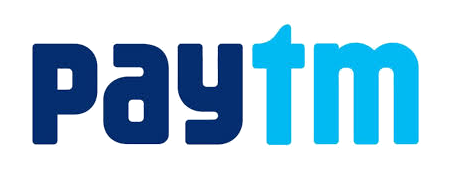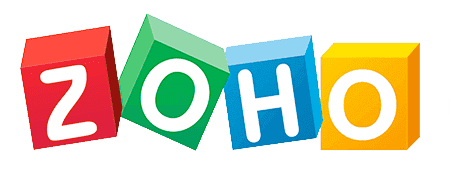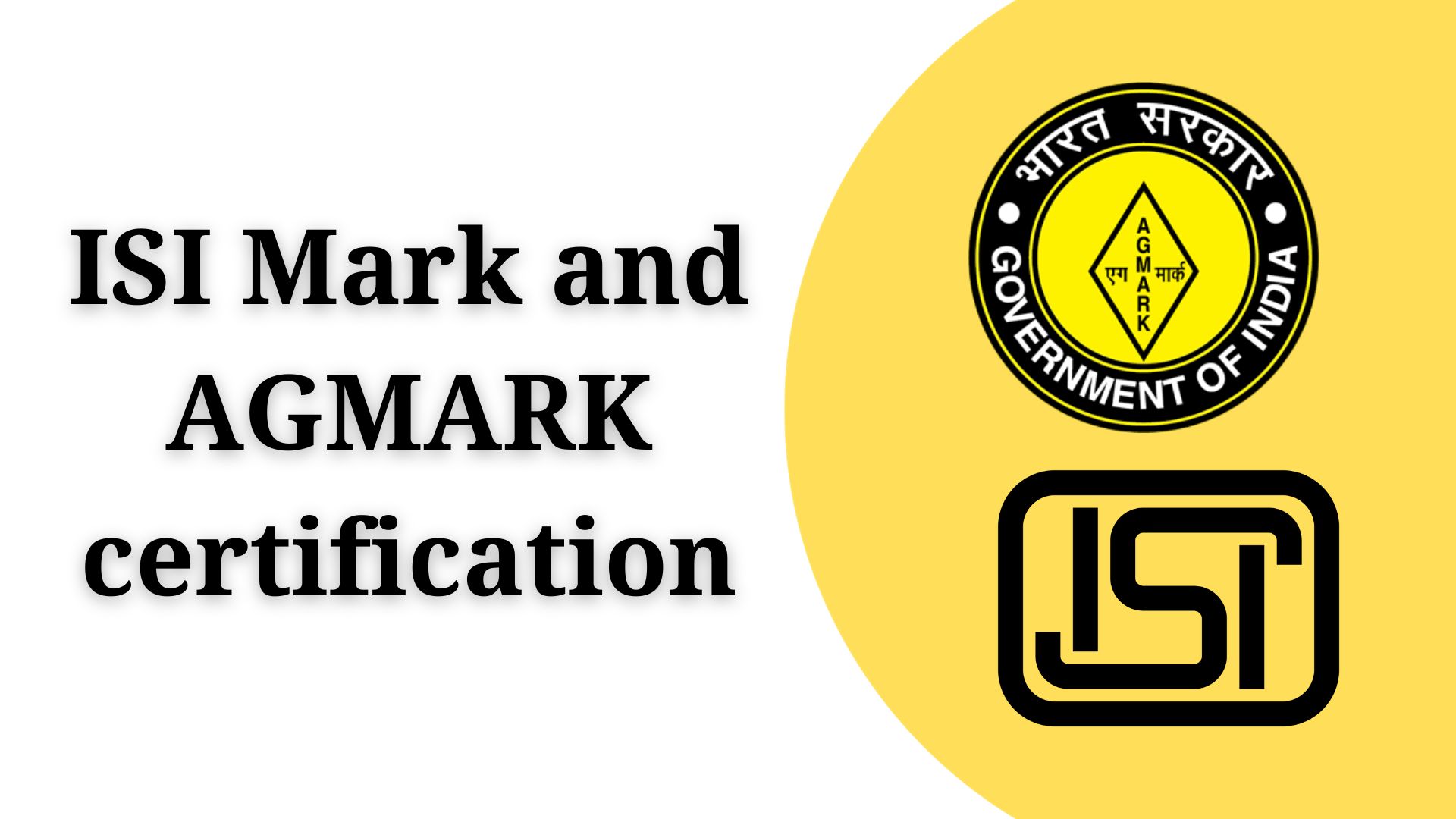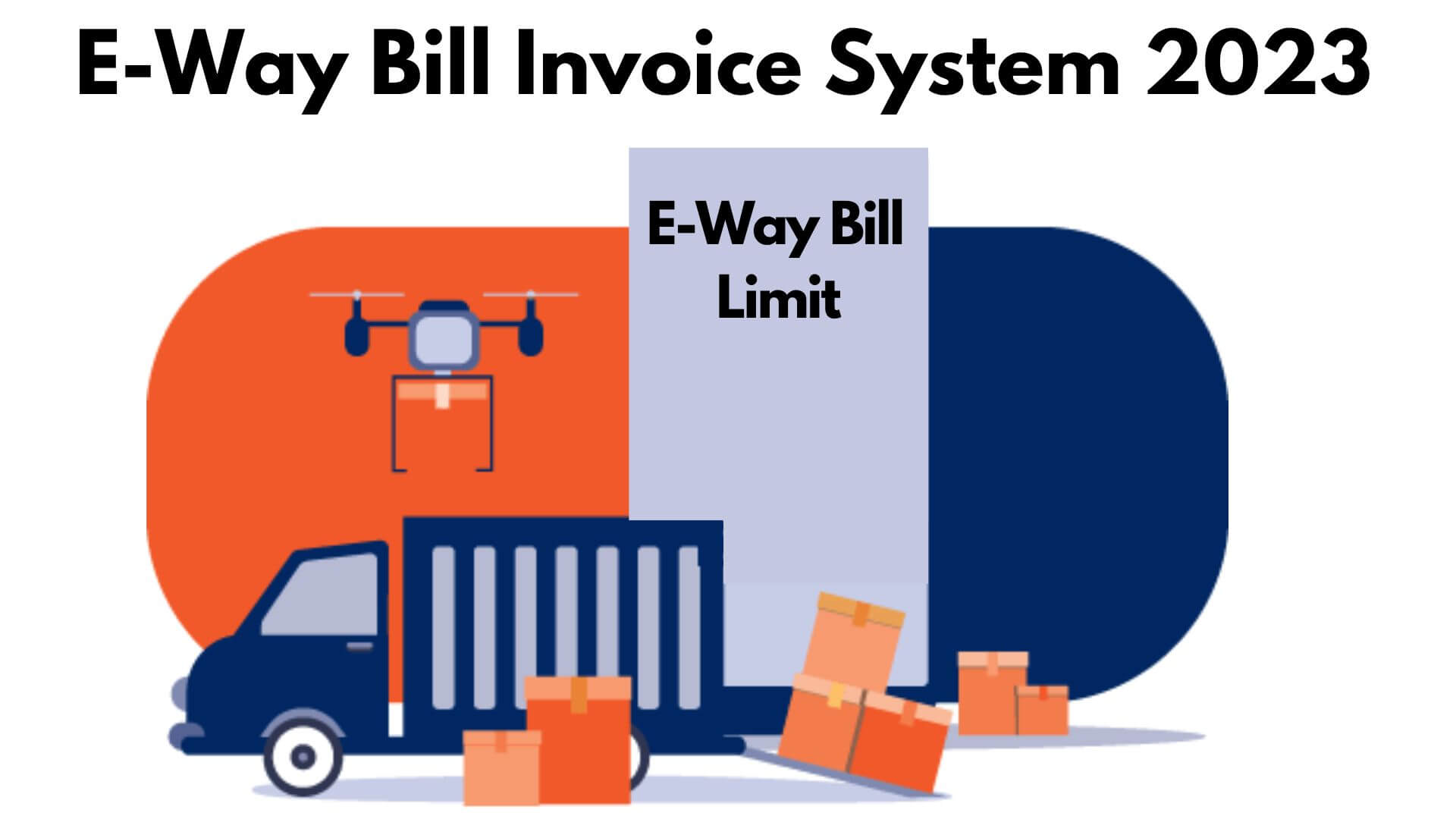Design Registration
Design Registration gives an exclusive right to its actual owner. This registration provides authority to the owner to use the Design for ten years, and the time can be further extended for the next five years. Design Registration safeguards the product’s faking or copying with the Designs Act, 2000 at the Office of the Controller General of Patents, Trademarks and Designs..
- Publishing of Design.
- Design Registration
- File the Registration Application.
- Giving Examination Report.
How to Start a Design Registration Reply
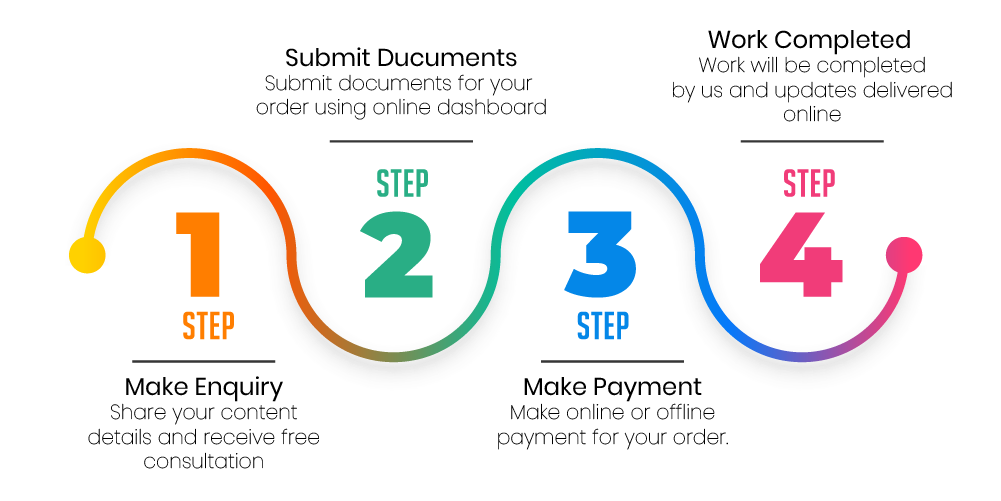
Overview
If you are an unregistered brand there must be chances that your products may be duplicated and sold by more than one trademark or logo. To protect yourself from such duplication it is very important that you must register your design. In the case of multiple trademarks, it becomes very difficult for shoppers to recognise your products and keep track of whose goods they’re buying. Therefore, registering your brand helps protect it against confusion and also prevents other brands from filing confusing trademark infringement lawsuits against you. It also authorises you to take legal action against someone who tries to steal your design for their profit.
Industrial Designs are registered and protected through the process of design Registration in India. The entire procedure of the Design Registration is governed under the Designs Act-2000 and the corresponding Designs Rules-2001. ‘DESIGN’ basically refers to the unique aspects of shape, figure, blueprints or decorations or composition of lines thereof given to an article, which may be 2 dimensional or 3 dimensional or in both formats, by any manufacturing procedure or mode.
What Do You Mean by Design Registration?
The entire procedure of the Design Registration is governed under the Designs
Act-2000 and the corresponding Designs Rules-2001. Any corresponding Design
Rules, 2001 that came into power on 11th May 2001 abolishing the earlier act of
1911. The Design Rules, 2001was amended by Designs (Amendement) Rules 2008
and Designs (Amendement) Rules 2014. The last act in Designs Rules came on
30th December 2014, which overpowered all the previous Design rules. It includes
a new category of the applicant as a small entity in addition to a natural person and
other than a small entity.
Industrial design basically focus on the creation of innovative and original features
of new shape, form, surface pattern, embellishment and style or lines or colours
used in articles which in the finished state appeal to and which are assessed
individually
The process involved in creation of the design may be manual, mechanical, automated
or chemical. Separate or all-inclusive, by which the finished article appeal to and can
be identified solely by the eye. However, this does not contain any
mode/standard/chemical/separate or all-inclusive by which the finished article appeal
to and can be identified solely by the eye. It also does not contain any
mode/standard/construction or anything which is in material a mere mechanical
device. Besides, it does not include any registered trademark, as defined in Section
2(v) of the Trade and Merchandise Marks Act, 1958, as well as a property mark or an
artistic work as defined under the Section 2(c) of the Copyright Act, 1957.
The Purpose of obtaining the design registration under the Designs Act is to safeguard
a novel or an innovative design so created which is to be applied to a specific article
under manufacturing process through an Industrial Process or mode. At times, we see
that the buying behaviour of the customers towards some articles for consumption is
inclined not only by their actual product quality but also by the design of their
appearance, e.g., a mobile phone or goggles. The main objective of obtaining a design
Registration is to make sure that the particular artisan, creator, craftsman, engineer or
the designer of that design having unique appearance is not deprived and deceived of
his bonafide reward by some copycats, who might tend to use his design for their
goods.
What Are the Eligibility for Design Registration?
While the former Design Rules did not differentiate between different kinds of applicants, the Design (Amendment) Rules 2014, revealed two main kinds of applicants i.e. ‘Natural person’ and ‘other than natural person’. The kind of ‘other than a natural person’ is extra divided into ‘small entity’ and ‘others except small entity’. It was also stated that any of the three categories would have different fees. Thus, the categories of design applicants with varying fees now add: ‘natural person’, ‘small entity’ and ‘others except small entities’.
Information required
-
The name, address, and nationality of the Applicant. If the applicant is not a natural person, the legal status and the place of incorporation.
-
Name of the article to which the design is to be applied.
-
A brief statement of the novelty one claims for his design.
-
Class of the article embodying the design.
-
Name(s), age and address (es) and nationality (ies) of the Applicant/s whether they are partners or directors of the firm/company.
-
Name, address, designation, and nationality of the person who signs the General Power of Attorney.
Who is Authorised for Design Registration?
Any proprietor (design owner) who is seeking registration of a design that is original and has not been published previously in any country and the one which does not seem to be clashing to any law and order of the country, can file an application for getting the design registered. As per section 2(j), the term ‘proprietor’ has been defined as the person who:
-
Is the author of the design
-
Acquired the design for a valid consideration and
-
Anyone to whom that design has been developed from the original titleholder.
What is Locarno Classification Under the Design Act, 2000 ?
As per the Locarno Agreement, 2000 designs are registered in different classes. The agreement classifies goods for the purposes of the registration of industrial designs, which further helps in design searches. These classes are mainly function-oriented. Earlier, as per Designs Act, 1911, the classification of design was made on the basis of the material of which the article was made, whereas the new act classifies on the basis of the subject matter of the design i.e., the functionality. The new act has adopted an international classification system, the Locarno Classification System, which is established by the Locarno Agreement. While India is not a signatory to the Locarno Agreement, its classification of industrial design is a template of the Locarno Classification System.
What Are the Requirements for Design Registration?
What Are the Requirements for Design Registration?
-
If the design is new, unique and original tahn after it will be considered for registration otherwise it will be rejected.
-
The design which someone wants to register should not be disclosed to the public anywhere in India or somewhere else in the world by way of use or prior publication or in any other way.
-
For a design to get registered, it should be significantly distinguishable from design prior to the date of filings or a combination of designs that are already registered or pre-existing or disclosed to the public.
-
The design which has to be registered should not include any scandalous or obscene matter.
-
The design which has to be registered must not include any feature that is purely functional.
-
Moreover, the design should not include any trademark or property mark or artistic work as defined under the Copyright Act.
What Items Cannot Be Registered as a Design Under Design Act?
Based on the Design Act, the following items can never be registered as design.
-
Books, hoodies, government forms, University certificates sports certificates, daily dates and calendars, holiday greeting cards, atlas and maps, posters, official stamps, sports and academic medals, medals, cinematic cartoons and other tokens cannot be registered as a design
-
Anything that has a principle or method of construction.
-
Anything mechanical in nature
-
Constructed buildings and superstructures
-
Even unsold parts are sometimes subject to these nonstandard variations in the industry
What Are the Types of Applications for Design Registration?
There are 2 types of Design Application:
-
Ordinary Application: An ordinary application does not claim priority.
-
Reciprocity Application: A reciprocity application claims priority of an application filed previously in a convention country. Such an application shall be filed in India within 6 months from the date of filing in the convention country. The period of 6 months is not extendable.
What Are the Mandatory Documents Required for Design Registration in India?
The documents that are required to register a design in India are mentioned below:
-
Name and Address of the applicant.
-
The legal status of the applicant i.e. whether the applicant is a natural person, Company, etc.
-
In case the applicant claims to be a start-up registered with the Government of India, the certificate has to be filed.
-
The applicant is also required to file the description of the ‘article’ along with the identification of the class as per the classification.
-
Image/drawing of the article is to be filed along with the application
-
Other declarations and Affidavits.
- Form 1 in the prescribed format (as in Schedule-II of the Designs Rules) Representations should be prepared as prescribed under Rule 12, 13and 14 of The Designs Rules and should be submitted in duplicate.
- Form-21(Power of authority/General Power of authority) in original (if filed through patent agent/advocates) (as in Schedule-II)
- If the applicant files a copy of General Power of authority (GPA), it should be endorsed with the design application number, with which the original GPA has been filed
- Form-24 in prescribed format (if small entity status is claimed) (as in Schedule-II)
- It should be accompanied with evidence of registration under MSME Act, 2006 in case of Indian entities.
- This should be accompanied with an affidavit deposed by the applicant or authorised signatory as Rule 42 of Designs Rules in case of foreign entities.
- Original Priority document under Rule 15 of The Designs Rules.
- Authenticated English translated copy of the Priority document (if original priority document is other than English)
- Assignment in original (if the applicant of priority application in the convention country is different from Indian applicant).

Explanation Related to the Documents Required for Design Registration
DESIGN APPLICATION: An application shall be filed in Form-1, along with the prescribed fees, stating the full name, address, nationality, name of the article, class number and address for service in India.
-
Foreign applicants are also required to give an address for service in India, which could be the address of their Agent in India. In case of foreign applicants, it is mandatory to give an address for service in India.
-
Unless such an address is given, the Office shall not proceed with the application.
-
The class to which the article belongs shall be mentioned correctly in Form-1. Under the Designs Rules, 2001, articles have been classified in the Third Schedule based on Locarno Classification. It may be noted that for registering a design in more than one class, a separate application is required to be filed for each class.
-
The application shall be signed either by the applicant or by his authorised agent/legal representative. In India, only a registered patent agent or a legal practitioner can be appointed as an authorised agent.
-
In case, the applicant has already registered a design in any other class of articles, the fact of such registration along with the registration number shall be mentioned in Form-1.
DESIGN REPRESENTATION : Two copies of representation of the design shall be submitted.
POWER OF ATTORNEY (POA): A Design Application may be filed personally by an applicant or through a patent agent/legal practitioner. If the application is filed through a patent agent/legal practitioner, a power of authority shall be submitted, along with the application. General Power of Attorney is also acceptable.
PRIORITY DOCUMENT: A reciprocity application shall be accompanied by a copy of the design application filed in the Convention Country. Such copy shall be duly certified by the Official Chief or Head of the Organisation in which it was filed.
If the priority document was not filed with the application, the same may be filed within an extended period of three months. Extension may be sought by filing Form-18 along with the prescribed fee.
What is the Procedure of Design Registration in India?
Procedure of Design Registration in India is dealt by Chapter 2 of the Design Act. Following steps should be followed to get your design registered:
-
The first and the initial step is to file an application for registration in the patent office in the prescribed form along with the prescribed fee. It is very important to file complete and correct information so that application is processed faster. The class in which design is to be registered must be specified in the application and the “article'' to which it is to be applied.
-
Image/drawing related to the ‘article’ is an essential aspect of a Design application. So, to avoid any sort of complication or any objections with the filing image, an applicant must follow the following tips mentioned below:
-
Image provided by the applicant for design registration must be clear or we can say clearly seen.
-
Images that are present on the contrasting background must be photographed.
-
The image of the design should be photographed from all angles i.e. front, rear, top and bottom.
-
The photograph which consists of articles that is presented for industrial design should be visible in all the images, and no part of the article should be missing.
-
Now, once the application is filed, further, it is examined by the Controller of Design. A detailed evaluation of the application is conducted by the Design Office. In this formal evaluation, the formal compliances like whether applicant’s identification and particulars are correct or not, whether articles fall in the claimed class or not, are checked.
-
If any objection is found, the applicant will be asked to make necessary amendments to get the design registered and nullify objections. The applicant gets an opportunity to file a written response to raised objections. If the Controller finds the written response satisfactory, the application is accepted. If the Controller has an objection, generally, an opportunity of hearing is given now if the Controller is not convinced that the design gets rejected at the hearing.
-
Once the design is accepted, it is then published in the Official Gazette.
-
The validity of registered design is ten years from the date of application, which can be renewed for another term of 5 years.
-
India is one of the endorsers to the Paris Convention, which lays down basic international principles primarily governing the protection of patents, trademarks, and industrial designs.
-
In the case of design infringement, the owner of the design can claim damages and can also apply for an injunction so that design cannot be used further.
What Are the Government Fee Related to Industrial Design Procedure?
| S.NO | FUNCTION | FORM NO. | GOVT. FEE |
|---|---|---|---|
| 1 | On application for registration of design under section 5 and 44 | 1 | 1000.00 |
| 2 | On claim under section 8(1) to proceed as an applicant or joint applicant | 2 | 500.00 |
| 3 | On application for restoration of lapsed design under section 12(2) | 4 | 1000.00 |
| 4 | On request for information of design when registration no. given under section 18 | 6 | 500.00 |
| 5 | On request for information of design when registration no. not given | 7 | 1000.00 |
| 6 | Application for registration of
a document in Register 10 of
Design under section 30(3), in
respect of one design. For each additional design |
10 | 500.00 200.00 |
| 7 | Application for entry of
notification of a document in
the register of Design under
section 30 and rule 37, with
respect to one design For each additional design |
1 | 500.00 200.00 |
| 8 | On request for correction of clerical error under section 29. | 14 | 500.00 |
| 9 | On request for certificate under section 26 and rule 41. | 15 | 500.00 |
| 10 | On application for extension of time for filing priority documents under rule 15. | 18 | 200.00 |
| 11 | On notice of opposition under rule 40. | 19 | 100.00 |
| 12 | Notice of intention to attend hearing under rules | 20 | 500.00 |
| 13 | On request to alter name and address or address for service in the Register of Design under rule 31 | 22 | 200.00 |
| 14 | On request for entries of two addresses in th Register of Design | 23 | 200.00 |
| 15 | On petition under rule 46 for amendment of any document | 500.00 | |
| 16 | On petition under rule 47 for enlargement of time. | 500.00 |
What Are the Benefits Related to Industrial Design Registration?
-
The registration of a design confers upon the certified proprietor the private right to apply a design to the article in the class in which the design has been registered.
-
A registered owner of the design is called to a better protection of his intellectual property.
-
He can sue for infringement, if his right is infringed by any person.
-
He/she can licence or sell his design as legal property for a fee or royalty.
-
Registration originally gives this right for 10 years from the date of registration.
-
If the fee for size is not paid for the further period of registration within the period of first registration, this benefit will stop.
-
There is provision for the return is filed within 1 year from the date of cessation in the designated manner.
-
A design is registered by the Patent Office so that competitors can be warned about its creation
-
The ten-year exclusive right to use a registered design is extended for five years by adding an addition to the ten years
-
If a design is copied or used in a way that violates its copyright, the owner of the registered design may seek legal redress under the Designs Act
-
An amount not exceeding ₹25,000 can be recovered against anyone’s design subject to a maximum of ₹50,000 if the design is illegally copied
-
Design registration provides legal protection against infringement.
Why to Choose Legaltax?
-
At Legal Tax, we want to make sure you have all the legal hassle-free to focus on your business.
-
We’ll take care of the rest. Our experts will get your design registered in 2-4 months.
-
Experts at Legal Tax will prepare your design registration with minimal effort. Once the registration application is prepared, a power of attorney will be sent to allow us to file it on your behalf.
-
We will file your registration with the relevant authorities, including the design Wing of the patent office, and you will receive a design number. Your application will be filed with the design wing of the Patent Office and will be tracked using the design number. If you are looking for experts to register your design then definitely Legal Tax is the best option.
FAQ's
-
Name and Address of the applicant.
-
The legal status of the applicant i.e. whether the applicant is a natural person, Company, etc.
-
In case the applicant claims to be a start-up registered with the Government of India, the certificate has to be filed.
-
The applicant is also required to file the description of the ‘article’ along with the identification of the class as per the classification.
-
Image/drawing of the article is to be filed along with the application
-
Other declarations and Affidavits.
- Form 1 in the prescribed format (as in Schedule-II of the Designs Rules) Representations should be prepared as prescribed under Rule 12, 13and 14 of The Designs Rules and should be submitted in duplicate.
- Form-21(Power of authority/General Power of authority) in original (if filed through patent agent/advocates) (as in Schedule-II)
- If the applicant files a copy of General Power of authority (GPA), it should be endorsed with the design application number, with which the original GPA has been filed
- Form-24 in prescribed format (if small entity status is claimed) (as in Schedule-II)
- It should be accompanied with evidence of registration under MSME Act, 2006 in case of Indian entities.
- This should be accompanied with an affidavit deposed by the applicant or authorised signatory as Rule 42 of Designs Rules in case of foreign entities.
- Original Priority document under Rule 15 of The Designs Rules.
- Authenticated English translated copy of the Priority document (if original priority document is other than English)
- Assignment in original (if the applicant of priority application in the convention country is different from Indian applicant).
-
The registration of a design confers upon the certified proprietor the private right to apply a design to the article in the class in which the design has been registered.
-
A registered owner of the design is called to a better protection of his intellectual property.
-
He can sue for infringement, if his right is infringed by any person.
-
He/she can licence or sell his design as legal property for a fee or royalty.
-
Registration originally gives this right for 10 years from the date of registration.
-
If the fee for size is not paid for the further period of registration within the period of first registration, this benefit will stop.
-
There is provision for the return is filed within 1 year from the date of cessation in the designated manner.
-
A design is registered by the Patent Office so that competitors can be warned about its creation
-
The ten-year exclusive right to use a registered design is extended for five years by adding an addition to the ten years
-
If a design is copied or used in a way that violates its copyright, the owner of the registered design may seek legal redress under the Designs Act
-
An amount not exceeding ₹25,000 can be recovered against anyone’s design subject to a maximum of ₹50,000 if the design is illegally copied
-
Design registration provides legal protection against infringement.
-
The first and the initial step is to file an application for registration in the patent office in the prescribed form along with the prescribed fee. It is very important to file complete and correct information so that application is processed faster. The class in which design is to be registered must be specified in the application and the “article'' to which it is to be applied.
-
Image/drawing related to the ‘article’ is an essential aspect of a Design application. So, to avoid any sort of complication or any objections with the filing image, an applicant must follow the following tips mentioned below:
- The owner of a design (including firm and corporate entity)
- An assignee (either separately or jointly)
- In the case of an NRI, his lawyer or legal representative
Yes, an application is to be given to the Controller of Patents and Designs by Form 10.
- Be new, fresh and unique
- Not be uncertain, offending, obscene, or different to public order
- Not have been revealed to the public or printed anywhere
- Fit only aesthetic characteristics and cannot add procedural or mechanical elements.
-
At Legal Tax, we want to make sure you have all the legal hassle-free to focus on your business.
-
We’ll take care of the rest. Our experts will get your design registered in 2-4 months.
-
Experts at Legal Tax will prepare your design registration with minimal effort. Once the registration application is prepared, a power of attorney will be sent to allow us to file it on your behalf.
-
We will file your registration with the relevant authorities, including the design Wing of the patent office, and you will receive a design number. Your application will be filed with the design wing of the Patent Office and will be tracked using the design number. If you are looking for experts to register your design then definitely Legal Tax is the best option.

Fill Up Application Form

Make Online Payment

Executive will Process Application

Get Confirmation on Mail
Clients Say
associated with

